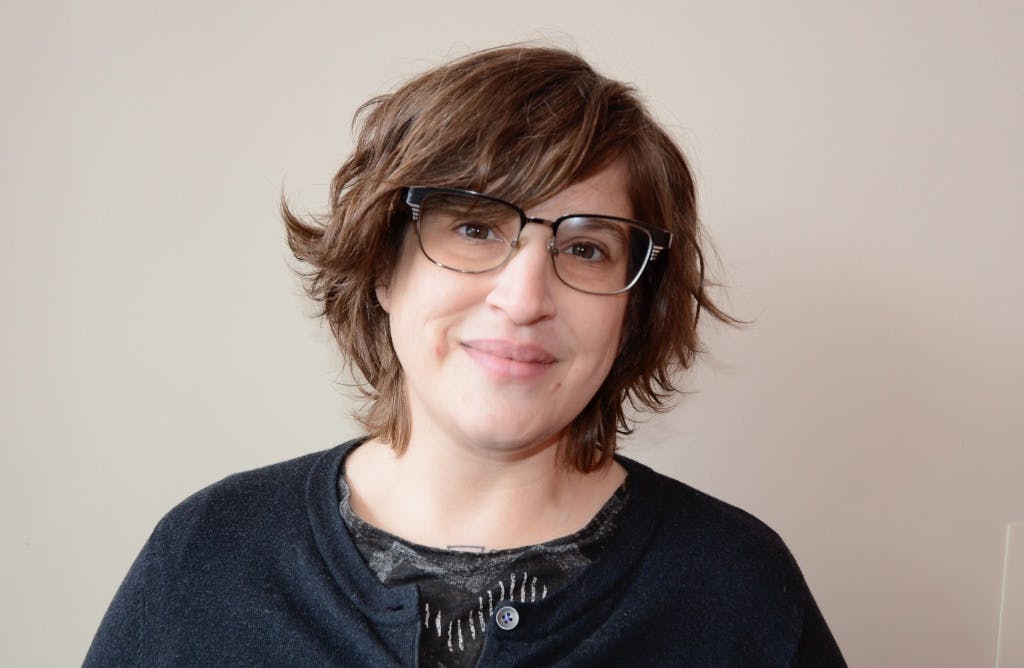Talk to Focus on Japanese Poet's Response to Cold War Narrative Surrounding Pearl Harbor and Hiroshima
A Wilmington College expert on Japanese history will be the featured speaker at the closing event associated with Antioch College’s Herndon Gallery exhibit Friday (Dec. 7), from 7 to 8:30 p.m., in South Hall, One Morgan Place, Yellow Springs.
PICTURED: Dr. Tanya Maus has a Ph.D. in Japanese history.
Dr. Tanya Maus, director of the Peace Resource Center/Quaker Heritage Center at Wilmington College, will draw upon her expertise surrounding the atomic bombings of Japan by American forces that, while hastening the end of World War II, devastated the cities of Hiroshima and Nagasaki and their civilian population.
Her talk is titled “When We Say Pearl Harbor: A Response to the Poetry of Sadako Kurihara.” It complements the Herndon Gallery exhibit, Nuclear Fallout: The Bomb in Three Archives.
Maus, who has a Ph.D. in Japanese history, will reflect on the meaning of Hiroshima and Pearl Harbor in Kurihara’s poetry along with the “dominant culture of the U.S. Cold War and narratives suppressed by it.”
In 1976, Kurihara, a poet and Hiroshima atomic bombing survivor, confronted, in a volume of poetry, what she considered as a “one-dimensional narrative” of the bombing of Hiroshima. Maus will respond to Kurihara’s critiques of the literary and political culture of post-war Hiroshima.
“I will highlight the powerful narratives of dissent found in Japanese nuclear activism and ask audience members to consider how the dominant culture of the U.S. Cold War suppressed and erased attempts by scholars, poets and activists to complicate the larger U.S. narrative of the atomic bombings of Hiroshima and Nagasaki.”
The Nuclear Fallout exhibit seeks to “excavate the collective memory” of the effects and aftermath of nuclear war with contributions from artists Migiwa Orimo ad Kei Ito, as well as a critical collaborative archival research project by six Antioch students and their professor, Charles Fairbanks.
Gallery curator Jennifer Wenker said the exhibit “asks its audiences to critically consider the way war is curated in our cultural telling, asking: Who creates the narrative? Whose stories are missing? And who is no longer alive to tell it?”
